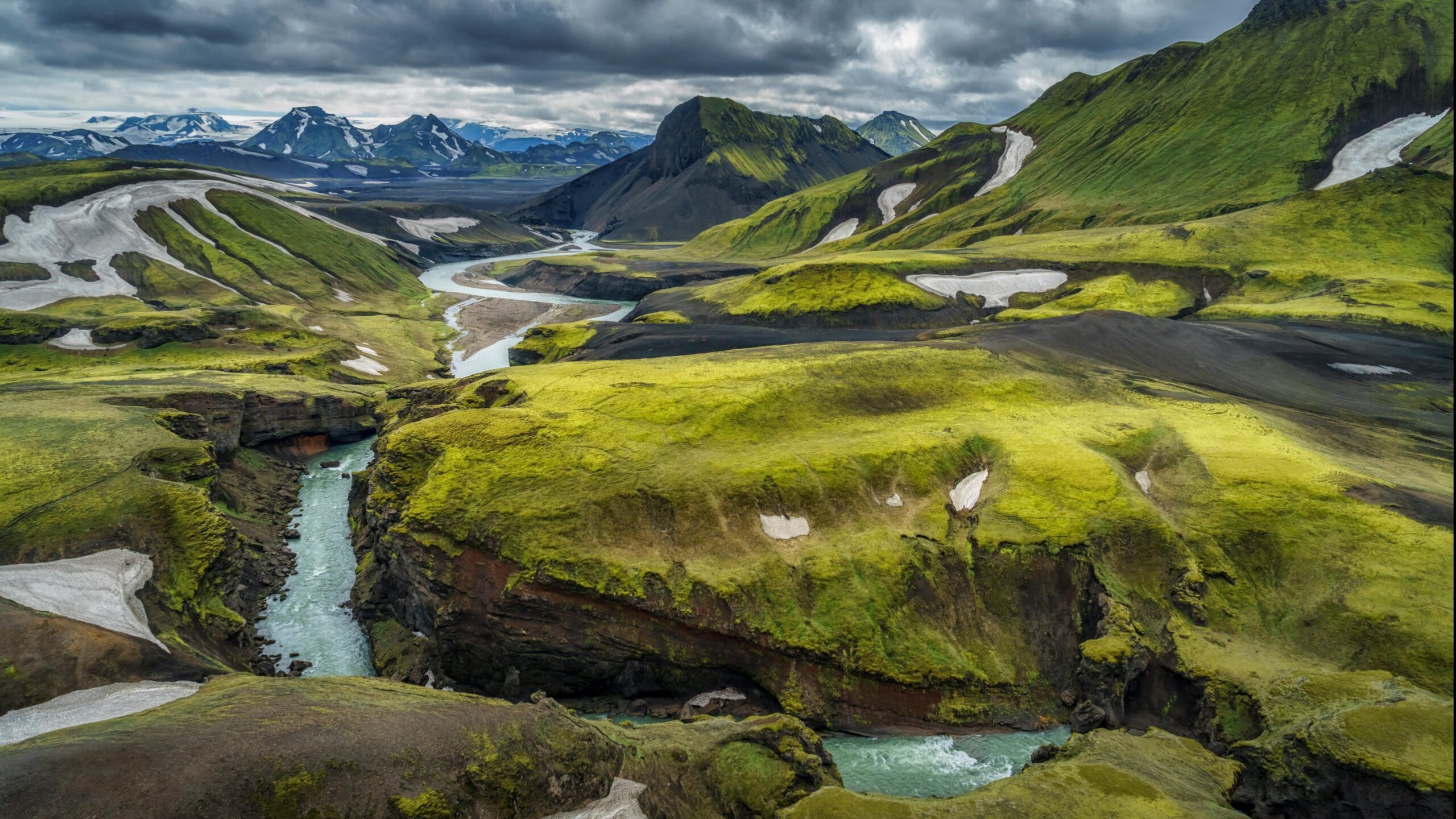
ICELAND
Explore ICELAND
ICELAND
Iceland: The Land of Fire & Ice
Iceland is a breathtaking Nordic island known for its dramatic landscapes, geothermal wonders, and incredible natural beauty. With volcanic fields, massive glaciers, black sand beaches, and the mesmerizing Northern Lights, Iceland offers a perfect mix of adventure, relaxation, and untouched wilderness. Whether you're soaking in the Blue Lagoon, chasing waterfalls, or exploring ice caves, Iceland is a must-visit destination for nature lovers, thrill-seekers, and photography enthusiasts alike.
Frequently Asked Questions: Iceland
Iceland offers stunning experiences in all seasons, but the best time to visit depends on what you want to see:
- May–August (Summer & Midnight Sun): Best for warmer weather, long daylight hours, and road trips.
- September–October (Fall & Shoulder Season): Ideal for fewer crowds, mild weather, and early Northern Lights.
- November–March (Winter & Northern Lights Season): Best for seeing the aurora borealis and experiencing ice caves.
- April (Spring): A great time to see waterfalls, fewer tourists, and emerging wildlife.
- Golden Circle Route – A famous scenic drive featuring Thingvellir National Park, Geysir, and Gullfoss Waterfall.
- Blue Lagoon – A world-famous geothermal spa with mineral-rich waters.
- Reykjavík – The capital city, home to Hallgrímskirkja Church, Harpa Concert Hall, and vibrant nightlife.
- South Coast Waterfalls – Seljalandsfoss and Skogafoss, two of Iceland’s most stunning waterfalls.
- Black Sand Beaches (Reynisfjara) – A dramatic coastline with volcanic sand and towering sea stacks.
- Jökulsárlón Glacier Lagoon & Diamond Beach – A breathtaking ice lagoon with floating icebergs.
- Vatnajökull National Park – Home to glaciers, volcanoes, and epic hiking trails.
- Snaefellsnes Peninsula – A miniature version of Iceland with stunning landscapes, including Kirkjufell mountain.
- Whale Watching (Húsavík & Akureyri) – The best locations for spotting humpback and blue whales.
- Landmannalaugar – A colorful highland area with geothermal hot springs and hiking trails.
- Skyr – A thick, creamy Icelandic yogurt-like dairy product.
- Lamb Soup (Kjötsúpa) – A hearty, traditional Icelandic stew.
- Plokkfiskur (Fish Stew) – A delicious blend of mashed fish, potatoes, and herbs.
- Hákarl (Fermented Shark) – A notorious Icelandic delicacy with a strong ammonia-rich taste.
- Pylsur (Icelandic Hot Dog) – Made with lamb, served with crispy onions and remoulade sauce.
- Rye Bread (Rúgbrauð) – A sweet, dense bread often baked in geothermal hot springs.
- Hardfiskur (Dried Fish) – A protein-rich Icelandic snack, often eaten with butter.
- Brennivín (Icelandic Schnapps) – Also known as “Black Death,” a strong traditional drink.
- Icelandic Lobster (Langoustine) – Delicious, fresh seafood found in coastal towns.
- Reindeer Meat & Puffin – Rare and exotic meats sometimes found in specialty restaurants.
- Flights: Arrive at Keflavík International Airport (KEF), about 45 minutes from Reykjavík.
- Car Rentals: The best way to explore Iceland at your own pace—4WD is recommended for rugged areas.
- Public Buses: Limited outside Reykjavík, so car rentals or guided tours are better for sightseeing.
- Domestic Flights: Available for reaching remote regions like Akureyri or Ísafjörður.
- Guided Tours: Ideal for Northern Lights hunting, glacier hiking, and adventure experiences.
- For U.S. travelers: No visa required for stays up to 90 days, but a valid passport is necessary.
- For international travelers: Check Iceland’s Schengen visa requirements based on nationality.
- EU Travelers: Can enter freely with a valid national ID or passport.
- Currency: Icelandic Krona (ISK).
- Credit cards are widely accepted, even in remote areas.
- ATMs are available nationwide, but Iceland is largely a cashless society.
- Tipping is not expected in Iceland, as service charges are included in prices.
- Icelandic is the official language.
- English is widely spoken in hotels, restaurants, and tourist areas.
- Learning a few Icelandic phrases like “Takk” (Thank you) is appreciated.
- Respect nature – Do not walk on moss-covered landscapes, as they take decades to recover.
- Hot springs etiquette – Shower before entering any geothermal pools.
- No off-road driving – It’s illegal to drive off designated roads to protect the fragile environment.
- Quiet hours are observed – Icelanders value peace and a respectful atmosphere.
- Be prepared for rapidly changing weather – Always dress in layers.
- Restaurants: Tipping is not expected but appreciated if you receive excellent service.
- Bars & Cafés: No need to tip, as service is included in pricing.
- Hotels: €1–2 per bag for bellhops, €2–5 per night for housekeeping.
- Taxis: No tipping required, but rounding up the fare is polite.
- Tour Guides & Excursions: €5–10 per person for exceptional service.
- For peak season (June–August): Book 6–12 months in advance for hotels, flights, and car rentals.
- For Northern Lights season (September–March): Booking 3–6 months ahead is ideal.
- For Blue Lagoon & Glacier Tours: Book tickets online at least a few weeks in advance.
- No COVID-19 test is required for entry, but check for updates before traveling.
- Weather conditions can impact travel—always check road and weather reports before driving.
- Some hiking areas require permits—check in advance if visiting remote locations.
Contact us at 281-229-0862 or admin@pointmetoparadise.com
